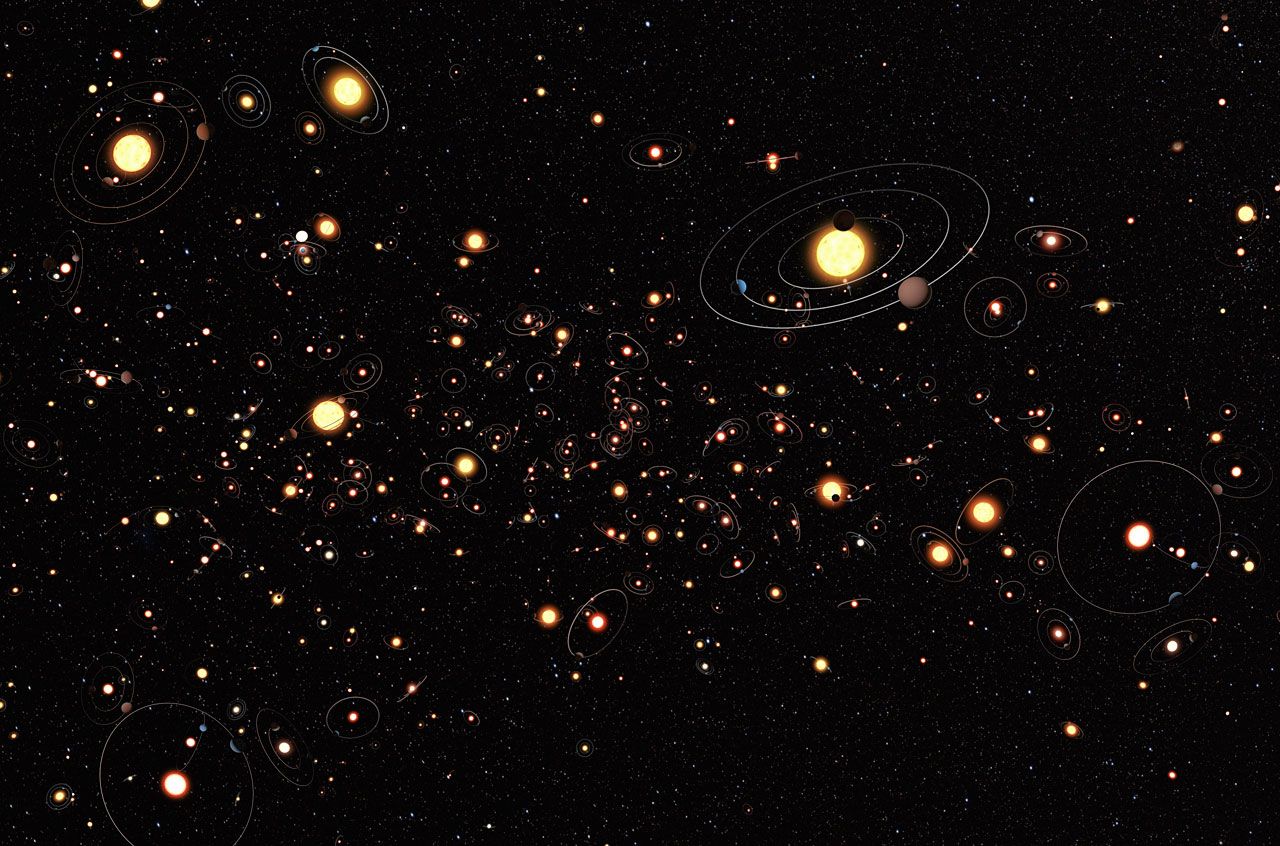
NASA's K2 mission—the current focus of the Kepler spacecraft—has revealed 95 new planets beyond our solar system. The treasure trove of new exoplanets joins the thousands of others that had already been identified as of February 1.
An international team of scientists analyzed 275 possible exoplanets. Of those, 149 were validated and 95 were entirely new. The discovery, published Thursday in the Astronomical Journal, is good news for scientists trying to figure out what planets beyond our solar system might be like. More exoplanets mean more opportunities to parse through what these mysterious planets' atmospheres might contain—and if those atmospheres mirror our own, with common molecules like carbon dioxide or otherwise.
"There are no surprises, per se, but it's a great new haul of planets, and plenty of fodder for exploring the individual systems within the catalog," Jessie Christiansen, an astronomer at NASA's Exoplanet Archive who was not involved with the study, told Newsweek by email.
The discovery nearly doubles the number of exoplanets found by the K2 mission. The finding began with a senior thesis by Andrew Mayo during his undergraduate studies at Harvard University. K2 was sending a massive amount of messy data back to Earth, and 275 exoplanet candidates were "lying around," Mayo told Newsweek. Mayo and his colleagues sorted through the data, analyzing each potential exoplanet and ultimately validated 149 of them.
The K2 mission is especially good at finding bright stars and planets. The Kepler telescope had a mechanical failure in 2013 after observing one swath of space for four years, picking up faraway, dim planets and stars. The instrument was repurposed following that failure (and the new mission was named K2), changing the region of space it's observing every few months and picking up brighter and closer planets and stars.

Those extra light photons could help scientists better understand exoplanets' atmospheres. "More photons are always better," Mayo said. "That way, if there are certain molecules that are making the exoplanet look puffy at certain wavelengths, but not at others, I can see that." One of the new exoplanets was orbiting around the star HD 212657, the brightest star found to date by either the Kepler or K2 missions, according to Mayo, now a postdoctoral student at the National Space Institute at the Technical University of Denmark.
Around 3,700 exoplanets have been discovered in around 2,700 systems. The planets range from rocky, Earth-like planets to massive gas planets like Jupiter. The search for more is far from over, and each discovery brings us a little closer to understanding how Earth fits into our galaxy—and maybe to finding life elsewhere.
Uncommon Knowledge
Newsweek is committed to challenging conventional wisdom and finding connections in the search for common ground.
Newsweek is committed to challenging conventional wisdom and finding connections in the search for common ground.
About the writer
Sydney Pereira is a science writer, focusing on the environment and climate. You can reach her at s.pereira@newsweekgroup.com.





